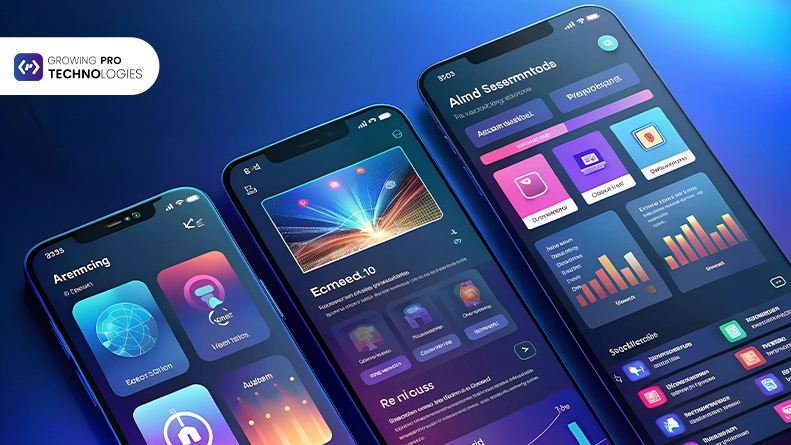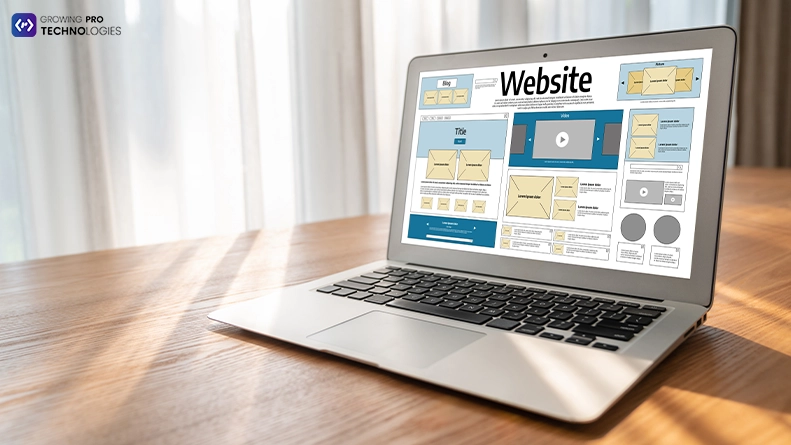The Lifecycle of a Mobile App: What Happens After Launch?

- May 22, 2025
- mobile app development services in usa
Launching a mobile app is a significant milestone, but it’s far from the end of the journey. A successful app requires continuous attention, refinement, and adaptation to changing user needs and market trends. Post-launch efforts play a critical role in maintaining user engagement, improving performance, and driving long-term success.
Phase 1: Immediate Post-Launch Monitoring
During the first few weeks after your app’s release, your success counts a lot. At this point, developers watch over how the app runs, how users behave and any feedback they receive.
Bug Tracking and Performance Monitoring
Usually, bugs show up when the product is used in real life and not during testing. Tools are used by developers to keep an eye on crashes, how long apps take to load and their general performance. When you correct important problems fast, it helps users continue to trust the service.
User Feedback Collection
People’s reviews and comments show you what parts of your app are successful and where improvements are needed. Because of this, the app can quickly adjust to what users expect before its release.
Phase 2: Analytics and User Behavior Analysis
The actions we take in business are guided by information from data. Once an app is released, developers start checking user actions using analytics tools.
Key Metrics to Watch
User retention, the length of sessions, conversion statistics and which features are used are useful for finding issues that require focus. Understanding these patterns guides how we update our system.
A/B Testing and Experimentation
Testing multiple versions of a feature or layout is what A/B tests help developers do. These findings enhance the user experience using actual data.
Phase 3: Regular Updates and Feature Enhancements
Supporting an app goes past just fixing issues. This process adds updates to ensure the app can work, remain pertinent and be competitive.
Scheduled Updates
Updates help the app work properly with any new operating systems and devices. Too, they create small changes that keep things interesting.
Feature Expansion
The development process relies heavily on what consumers have to say and what the market provides. Reasonable improvements lead to a better user experience and cause users to remain active for longer.
After an app has been launched in the United States, mobile app development companies often continue to provide and enhance its features.
Phase 4: Marketing and User Acquisition
A marketing strategy that works increases growth over time.
ASO helps improve your app’s ranking on the App Store.
ASO helps your app be seen more easily on app store platforms.
Making sure your app name, pictures, keywords, and reviews are relevant helps you attract visitors from search results.
Paid and Organic Campaigns
Running targeted campaigns is a good way to add new users to your app. Ads are often retargeted, influencers are usually hired to promote a brand, and customers are commonly rewarded for sharing it with others.
Working together with an outstanding mobile app development company USA guarantees that your marketing is guided by real user patterns.
Phase 5: User Retention and Engagement
It costs less to keep users than to find new ones. If users are more involved, your app stays around for a more extended period.
Push Notifications and Personalization
When push notifications are strategic, users are more likely to return to the app. Personalizing what they see in the app encourages them to stay involved.
Community Building
Involving users by allowing them to talk, share and connect retains a loyal following. Being part of a strong community helps you remember more and gives ongoing feedback.
Phase 6: Scalability and Infrastructure Management
If your user base increases, the app needs to be able to grow too.
Backend Optimization
You must be sure that increased traffic can be managed by the backend system. Among these are optimizing your APIs, databases and cloud services.
Security and Compliance
With a growing app, securing user data is more critical than ever. Audits and updates that happen regularly guarantee the organization’s compliance with data protection regulations.
Most mobile app development businesses in the USA focus on building a secure backend system right off the bat.
Phase 7: Competitive Analysis and Market Adaptation
Being ahead in the industry requires you to check new trends often and check your main competitors.
Benchmarking Against Competitors
Examining the options available tells you where your app stands in the market and where it could be better. It’s one method to maintain your app’s unique selling points.
Conclusion
A professional approach, often included in mobile app development services in USA, ensures the end-of-life phase is handled responsibly and efficiently.
Launching an app is only the beginning. From performance monitoring to scaling and eventual sunsetting, every phase of the mobile app lifecycle requires a strategic and proactive approach. By partnering with a top mobile app development company USA, businesses gain the tools, insights, and support necessary to sustain app success in a competitive landscape.
Ready to turn your app idea into reality? Partner with Growing Pro Technologies today!
Interesting Reads:
How Voice Recognition Transforms iOS App Accessibility?
Why will 5G Revolutionize Mobile App Performance and Possibilities?
Recent Post
 December 4, 2025
December 4, 2025What Are the Weirdest Website Trends That Actually Work
 December 3, 2025
December 3, 2025Free vs. Paid Vulnerability Scanning Tools: What SMBs Should...
 December 2, 2025
December 2, 2025Managed Threat Detection + Compliance: The Perfect Pair for ...
 December 1, 2025
December 1, 2025What Makes an Online Checkout So Smooth Customers Can't Resi...





